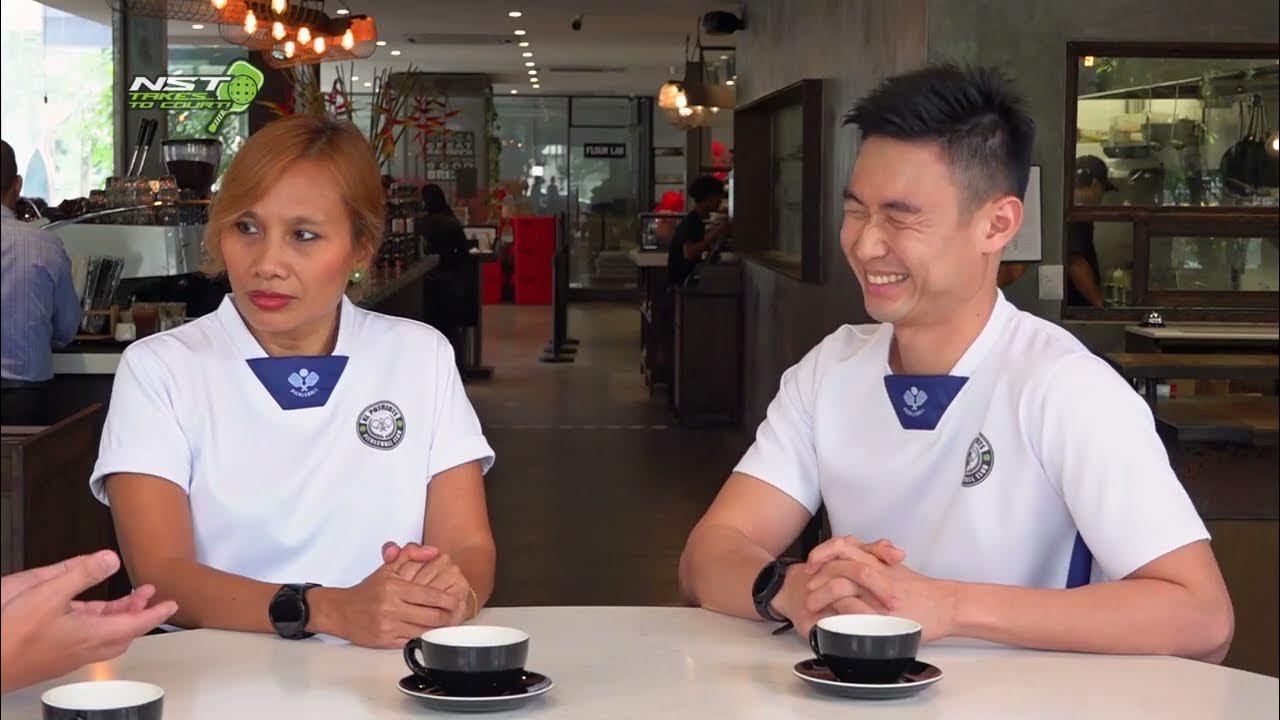Encuentros en la Plaza
Summary
TLDRIn this episode of Flash Cultura, host Silina Marquez takes viewers on a cultural journey through the Spanish-speaking world, highlighting the warm and sociable nature of its people. From Argentina's Plaza de Mayo to local traditions, the video explores how plazas serve as epicenters for social, political, and community life. It also delves into cultural differences, particularly in how people greet one another, with a focus on the physical closeness common in Latin American and Spanish cultures. The video is an invitation to embrace new experiences and connect with diverse communities.
Takeaways
- 🌍 Spanish-speaking cultures are known for being sociable and warm.
- 💬 Argentinians and other Spanish speakers tend to be gregarious and enjoy social gatherings such as birthday parties, cafes, and soccer stadiums.
- 🏙️ Plazas or town squares are central to social and political life in Spanish-speaking towns and cities, dating back to colonial times.
- 🏛️ Important buildings like churches and government offices are often located around the plaza, making it a key focal point for towns and cities.
- 🇦🇷 In Argentina, iconic plazas such as Plaza de Mayo serve as centers for political demonstrations and celebrations, especially after major soccer victories.
- 👋 Greeting customs in Argentina include a kiss on the cheek for both men and women, even when meeting for the first time, unlike the handshake common in the United States.
- 🤝 Depending on the situation, men may also hug each other instead of shaking hands in Argentina.
- 👪 Plazas are not only political and social centers but also places for family and friends to gather, enjoy outdoor cafes, or relax.
- 🏟️ The Obelisco in Buenos Aires is a popular gathering spot for celebrations, especially after football wins.
- 🛋️ Cultural differences in greeting styles are highlighted, with Argentinians being more physically affectionate than Americans.
Q & A
What is the main theme of the 'Flash Cultura' video?
-The main theme of the 'Flash Cultura' video is to explore the social and cultural aspects of Spanish-speaking countries, focusing on the warmth and sociability of their people.
How is the term 'comfort zone' related to Spanish speakers according to the script?
-Spanish speakers are described as not having a 'comfort zone' in the traditional sense; they are comfortable with close proximity to others and do not worry about personal space.
What is the significance of the plaza in Spanish-speaking towns and cities?
-The plaza is the central focal point of neighborhoods and barrios in cities and towns in the Spanish-speaking world, often housing administrative offices, main churches, and important buildings.
What is the name of the plaza featured in the video?
-The plaza featured in the video is Plaza de Mayo.
What is the significance of the Casa Rosada in Argentina?
-The Casa Rosada is the Argentine equivalent of the American White House and is a government center located in Plaza de Mayo.
What is the role of the Obelisco in Buenos Aires?
-The Obelisco is a place where people gather to celebrate, especially after Argentina wins big football matches.
How do Argentines typically greet each other?
-It is common for Argentines to greet each other with a kiss on the cheek, even if they do not know each other well, and men may give each other a hug instead of a handshake.
What is the cultural difference in greetings between Argentines and Americans as depicted in the video?
-In the video, it is shown that Argentines have more physical contact in greetings than Americans, who typically shake hands or give a hug, depending on the relationship.
What is the importance of the plaza as a social gathering spot according to the video?
-The plaza is a great place to meet up with family and friends, have lunch outside, go to a nearby cafe, or enjoy an open-air concert.
Who are the main characters introduced in the video script?
-The main characters introduced are Silvina Marquez, the host, and her friends Mariana, Gonzalo, and an exchange student from the United States named Mark.
What is the purpose of introducing Mark, the exchange student, in the script?
-Mark is introduced to demonstrate cultural differences in greetings between Argentines and Americans, and to show how Argentines greet each other.
Outlines

Этот раздел доступен только подписчикам платных тарифов. Пожалуйста, перейдите на платный тариф для доступа.
Перейти на платный тарифMindmap

Этот раздел доступен только подписчикам платных тарифов. Пожалуйста, перейдите на платный тариф для доступа.
Перейти на платный тарифKeywords

Этот раздел доступен только подписчикам платных тарифов. Пожалуйста, перейдите на платный тариф для доступа.
Перейти на платный тарифHighlights

Этот раздел доступен только подписчикам платных тарифов. Пожалуйста, перейдите на платный тариф для доступа.
Перейти на платный тарифTranscripts

Этот раздел доступен только подписчикам платных тарифов. Пожалуйста, перейдите на платный тариф для доступа.
Перейти на платный тарифПосмотреть больше похожих видео

SHS UCSP Q1 Ep2: Concept of Anthropology, Sociology, and Political Science (Part 2)

ADWI 2022 II Desa Wisata Tobati, Kab. Jayapura, Papua

Bolzano, Italy Part 1(Merano to Bolzano by Train) - My life in Italy

Sejarah dan Filosofi Kain Ulos Khas Suku Batak Berita Terbaru Hari Ini

Adobo: Filipino or Spanish?

NST Takes ... to Court EP01 - Cik Manggis and Renyi Chin
5.0 / 5 (0 votes)
